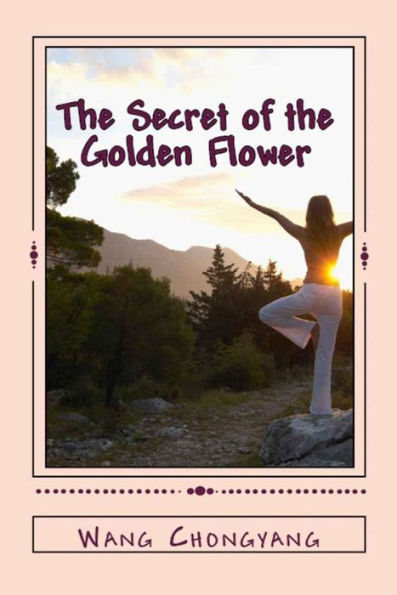Despite the varieties of impressions, interpretation and opinion expressed by Wilhelm, Jung and Cleary, the meditation technique described by The Secret of the Golden Flower is a straightforward, silent, multileveled technique designed and expressed as the progressive integration of some inner mandala rising inside some "golden palace" or "chamber" ; the book's description of meditation has been characterized as 'Zen with details'. The meditation technique, set forth in poetic language, reduces to a formula of sitting, breathing and contemplating.
Sitting primarily relates to a straight posture. Breathing is described in detail, primarily in terms of the esoteric physiology of the path of qi (also known as chi or ki), or breath energy. The energy path associated with breathing has been described as similar to an internal wheel vertically aligned with the spine. When breathing is steady, the wheel turns forward, with breath energy rising in back and descending in front. Bad breathing habits (or bad posture, or even bad thoughts) can cause the wheel not to turn, or move backward, inhibiting the circulation of essential breath energy. In contemplation, one watches thoughts as they arise and recede.



